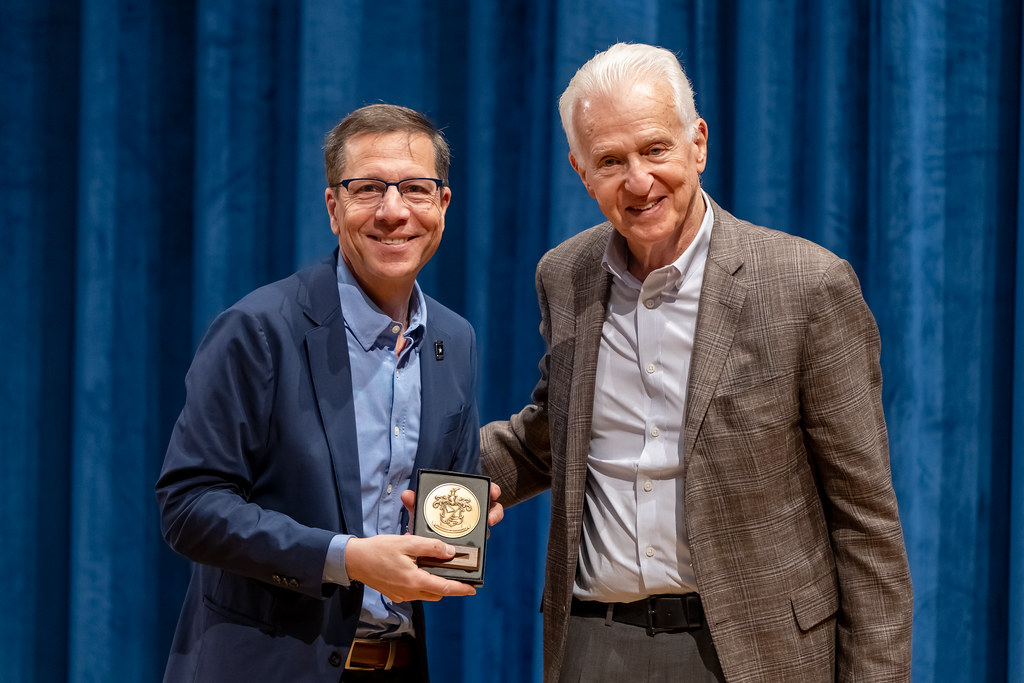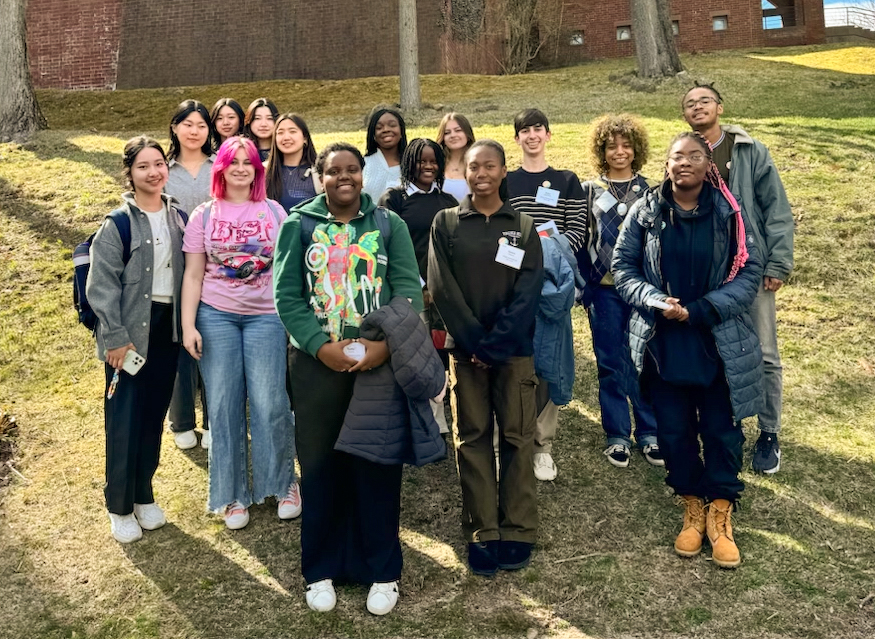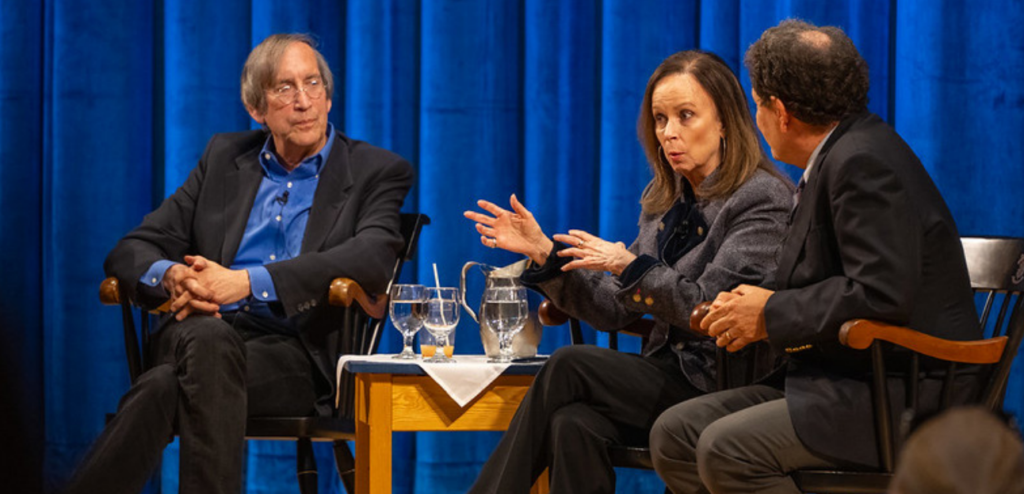From magazines that cover the latest sports games to those that discuss the newest fashion trends, Choate boasts a rich variety of publications. Unfortunately, members of Choate’s Committee on Student Activities (COSA) have noted a decline in campus publications over recent years, both in number and activity: not only are there fewer publications, but many that exist simply do not publish regularly enough to maintain an active presence on campus.
According to COSA, the number of publications on campus fell from 13 publications last spring to 8 this fall and of the 8 publications that were recognized this fall, 3 of the clubs missed the publishing deadline set by COSA’s Publication Committee.
One of the major issues publication mastheads face is a decrease in interested writers. They just end up writing their own articles, which is not what we want for the publications on campus. We want the community to be involved in them and invested in them.”
Allen Zheng ’21, a member of COSA’s Publication Committee, said, “When publications don’t get enough writers, what happens is you get a bunch of publications with huge mastheads of five or ten people but not enough writers.
Many publication leaders agree that the foremost obstacle to more frequent publishing and increased activity is a general decline in interested student writers. Kate Spencer ’20, Editor-in-Chief of The Currency and Envision, said, “This year, we really experienced a decrease in writers. For Envision, we postponed our fall issue to winter because we didn’t have enough articles. And I think interest has gone down for The Currency; we used to have 30 or 40 writers my freshman year and sophomore year, but this year we probably only had about 10 writers.”
Cici Curran ’20, Editor-in-Chief of The Press, also noted the challenge in getting enough articles for an issue. She said, “Some clubs publish a lot the first year, but then after that they don’t get as many writers. Or sometimes, if you only publish once a term, you expect longer articles, and then people are less motivated to write [them].” Curran also noticed a disparity in the quality of writing: while freshmen might be more willing to write for more publications, they often have less experience writing than upperclassmen.
Another major hurdle for publications on campus is the lack of student interest in learning layout. As the number of writers has decreased, the ability to create effective publication layouts has lagged even further behind. Kiki Kim ’20, chief layout editor for numerous publications on campus including Choate Public Health, Envision, and Valour, stated, “As far as I know, I am one of
the three people that do layout for multiple publications. I can sympathize with people that hesitate to get into layout as there is a steep learning curve. This requires a large time commitment for people to reach a level of proficiency with the software, which can be challenging for Choate students with busy schedules.”
Producing a magazine, in general, takes a lot more thought and planning than a club. It’s a very slow process.
do a lot, obviously, but producing a magazine, in general, takes a lot more thought and planning than a club. It’s a very slow process.”
In order to help guide mastheads through the publication process, COSA created its Publication Committee last year, providing support to publication leaders and instituting deadlines each term that publications must meet. Zheng said, “When you’re starting a new publication, it can be hard to know how to get writers, how to format — those kinds of things. And obviously COSA realized that a lot of publications were struggling.”
Some publications have also found it difficult to follow a more rigid, fast-paced publishing schedule. Nico Campbell ’21, editor-in-chief of Lorem Ipsum* and Voices, said, “People tend to underestimate the time spent between a club and a publication. Some clubs
Zheng continued, “We sent out a pamphlet in the beginning of the year teaching publications how to format, and we set a guideline for publications to publish once a term before a certain deadline. We want to be a resource to publications, so if they need help, they can just reach out to us.”




